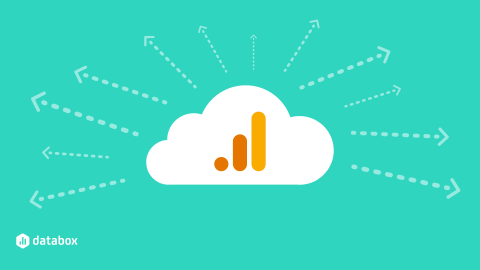Analytics
5 best practices to innovate at speed in the Cloud: Tip #4 Perform faster root cause analysis thanks to data lineage
Like any supply chain that aspires to be lean and frictionless, data chains need transparency and traceability. There is a need for automated data lineage to understand where data comes from, where does it go, how it is processed and who consumes it. There is also a need for whistle blowers for data quality or data protection and for impact analysis whenever change happens.
Yellowfin 9: Our new developer platform
Bullet Chart
For this post, I’ll once again show you a chart that you may or may not be familiar with, as it’s not one of the most common. But, if you know how to use it, you may consider removing all the gauge charts you have in your dashboard. Therefore, let’s talk about the bullet chart.
The Most Valuable Customer Service Interview Questions for Gathering Customer Feedback
The 40 Best HubSpot Integrations (According to 79 Marketers)
Yellowfin 9: Our new developer platform
Seek, who is one of our customers, came to us with a laundry list of functionality that their developers wanted. Like many enterprises, they have their own developers who are asked to deliver a design for their UX team and they need and environment where they can do that. They didn’t want us to worry about the UI, they just wanted the ability to code what they wanted directly into the Yellowfin dashboard environment, so we created Yellowfin 9 Code Mode which is our developer platform.
Birds migrate. But why do data warehouses?
Well, let’s be specific here. Birds migrate either north or south. Data warehouses are only going in one direction. Up, to the cloud. It’s a common trend we’re seeing across every vertical and across every region. Companies are moving their existing data warehouses to cloud environments like Amazon Redshift. And more often than not –unlike their feather counterparts– once they migrate to the cloud, they never come back. But why? Simply put, it just makes sense.
How to Set Up & Use Google Analytics Conversion Tracking
Creating a new Analytics Experience - we call it AX.
Do more with your dashboards. If, like me, you are someone who uses data to make decisions (what we call a business user), I suspect your experience with analytics and in particular dashboards is mixed verging on the ‘not that great’.







